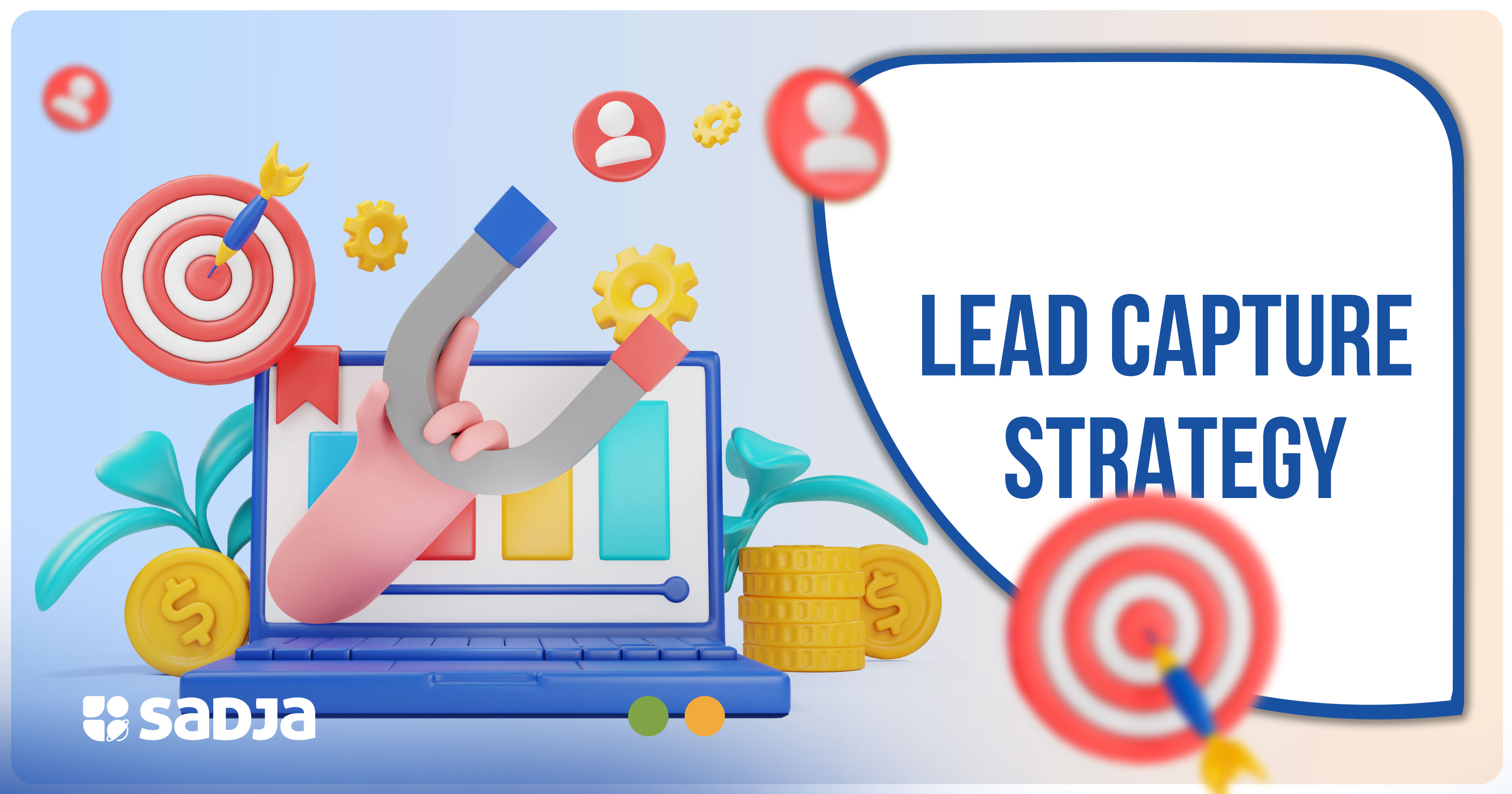What Is SEO Link Building?
SEO link building is the process of acquiring backlinks. Backlinks are links from external websites to your website, also known as incoming, inbound, or referring links. They are also links from one page on the same website to another web page, known as internal links.
According to Wikipedia, Link building is increasing the number of incoming links from external (and trustworthy) websites to your website. This is to improve the quality and search engine ranking of your website.
Backlinks are seen as letters of recommendation from those websites (usually ones that Google already trusts) to yours. These websites endorse your website, and the more websites there are pointing to your website, the more Google relies on your website.
If well set up, using internal links also helps search engines find your website. If the search engine crawler finds your website through a backlink from another website and there are internal links on that web page, the crawler keeps following those links and finds more pages on your website.
Types of Backlinks
Different types of backlinks include:
Editorial Backlinks
These are links when another website cites your content as the source of certain information. You do not buy these links; you attract them because of the quality of the content on your website.
Acquired Backlinks
You pay for these links as the site owner or get them by distribution. They are usually gained through paid advertisements, paid linking, comments on forums or blogs, reciprocal links, or link directories.
Examples of acquired links are:
1. Reciprocal links: These are links gotten when two website owners come together and decide to link out to each other’s websites. For instance, John and Mike have websites. John links to Mike’s website, and Mike returns the favor. Google stopped crediting this form of link building because it sees it as a sham.
2. Backlinks from comment: If you comment on an article on a blog or website, you are usually allowed to attach a link to your website or any website. Although spammers abuse this privilege, if well thought out, this form of backlinking can generate tons of traffic from that blog.
3. Directory links: Web or link directories are online lists of websites sorted into categories. While some directories accept payment before they list your website, some are free.
4. Social bookmarking: Bookmarking is the process of saving the links to web pages you want to return to. You can do it on your device, which only you would have access to.
Social bookmarking allows users to add, save and edit links to web pages or articles they would love to go back to online. Social bookmarking is an online service, meaning you keep the links on the web instead of the browser’s bookmarking tool.
To do this, sign up on a social bookmarking site, like Pocket, and set up an account. When you see a link you like, you can save it to your account.
Because the settings are public, people can see the links others save and how many times those links have been saved.
Because users save these bookmarks publicly, search engine crawlers that visit these social bookmarking sites scan those links. This form of backlinks has search engine optimization (SEO) value.
5. Image linking: Just as there are link directories, there are image directories. You can attach your website links with anchor texts to the images you submit to these directories.
6. Guest blogging: Guest blogging is writing an article or a piece about another website, linking back to that site, primarily to generate traffic for those websites.
Characteristics of Good Backlinks
While these backlinks are important, not all backlinks are valued equally. That is to say, links from certain websites are essential or weigh heavier than others. For this reason, you should not buy backlinks from many random sites because you want to rank higher on search engines.
According to the Digital Marketing Institute, there are three backlinks in Google’s eyes: low-quality, medium-quality, and high-quality links.
So many low-quality links would make little to no difference in boosting your site’s search engine ranking and seem like spam, while a few high-quality links could make all the difference in your site’s ranking.
Some of the factors to consider when receiving and allowing backlinks:
Relevance
A backlink is suitable if your content is relevant to the content on that website that links to yours. Users who click on the link to your website have to find your content helpful to them or more information on said topic.
For example, if you own an engine parts website, a link from a fitness blog is not relevant to your line of expertise and would not be valuable to you or your website because it does not tell more about your business.
Traffic
Usually, the reason for backlinks is not only to rank higher in SERPs but to gain more traffic flow from the websites that link to your website. When this is not the case, that is a problem.
Page Rank
Page rank (also known as link juice) is a search engine ranking score that predicts how much a web page is likely to rank on the search engine results pages (SERPs) based on the number of links pointing to that page (inbound links).
When a website sends outgoing links to your website, it transfers its page authority or link juice to yours. The more outgoing links a page has, the more its link juice reduces.
For instance, two websites link to yours (one with a high page rank and one with a low page rank). The one with the high page rank sends one link to your site, while the one with the low page rank sends two.
The one with the high page rank transfers more link juice (even though it sends one link) than the page with the low page rank. This is because it has a high page rank and has more juice to give than the low-ranked page, despite the number of links sent.
It would be best to get backlinks from websites with higher page rankings than others.
You can use the Google page rank checker to determine the page ranks of your website.
Natural
Instead of buying links from random websites, which will do more harm to your website, it is best to let other websites link to yours naturally.
Search engine crawlers see multiple links from random websites as spammy, and the Google algorithm raises red flags on such links. You do not want that for your website.
 +256 206 300885
+256 206 300885



